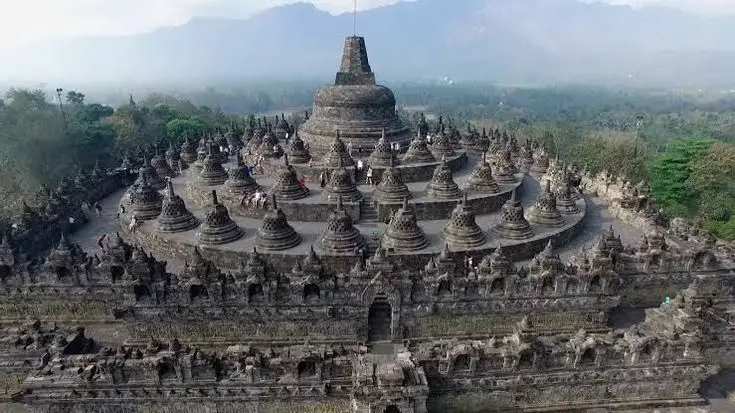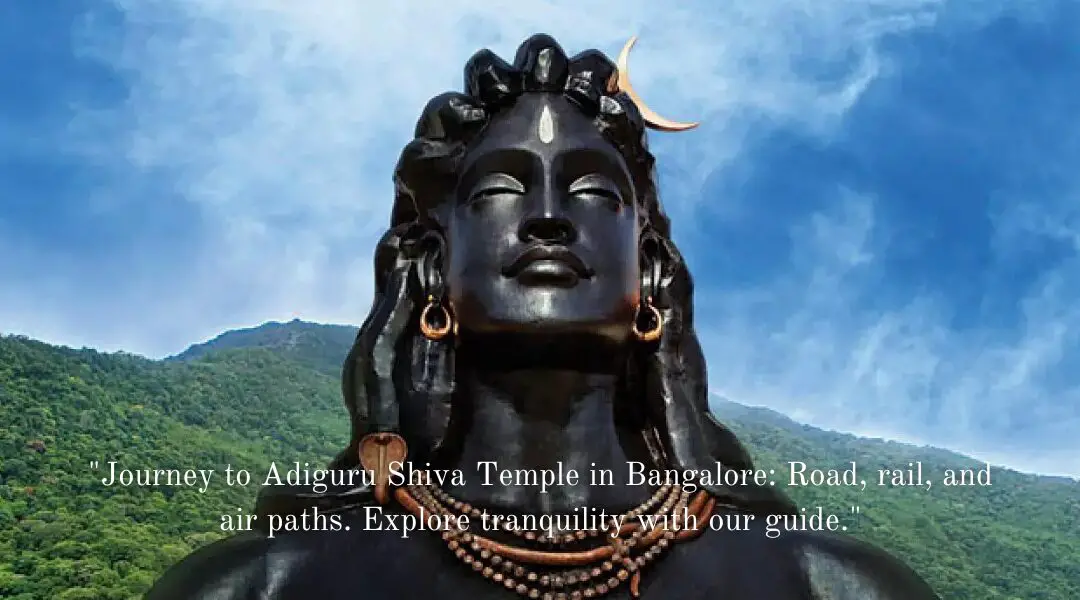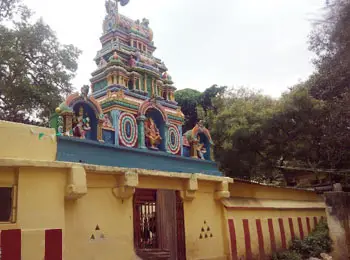Are you planning to visit Indonesia and explore the incredible Borobudur Temple? Then you’ve come to the right place! In this blog post, we will unlock the mysteries of this ancient temple, located in Central Java, Indonesia. We’ll cover everything you need to know before your trip, from its history and architecture to its spiritual significance. Discover the secrets of this awe-inspiring monument and learn how to make the most of your visit!
The History of Borobudur Temple
Borobudur Temple, located in central Java, Indonesia, is a UNESCO World Heritage Site and one of the most famous tourist attractions in Indonesia. The temple was built in the 8th and 9th centuries during the reign of the Sailendra Dynasty and was abandoned in the 14th century.
The temple is believed to have been built as a place of worship for Buddhists. Its design and architecture represent the Buddhist concept of the universe and depict the path to enlightenment. The temple has a total of nine stacked platforms, six square and three circular, with a central dome at the top.
The temple was rediscovered in 1814 by Sir Thomas Stamford Raffles, the British governor of Java, who had heard about it from locals. The temple was then restored by the Dutch in the early 20th century and has been a popular tourist attraction ever since.
Today, Borobudur Temple remains a significant spiritual and cultural site for Buddhists and Indonesians alike. It is also a popular site for sunrise and sunset tours and has become an iconic destination for tourists visiting Indonesia.
The Architecture and Design of Borobudur Temple
Borobudur Temple is renowned for its magnificent architecture and design. The temple, built in the 9th century, stands 115 feet high and has nine stacked platforms, each with a circular shape. The lower six platforms are square and represent the human world, while the upper three are circular and represent the spiritual world. The temple has 72 bell-shaped stupas, each containing a statue of the Buddha. The stupas are adorned with intricate carvings that depict the life of Buddha, his teachings, and various Hindu deities.
The temple’s design is based on a mandala, a geometric diagram used in Buddhism and Hinduism to represent the universe. The mandala symbolizes the journey of the soul from ignorance to enlightenment. Visitors can follow the path of the mandala as they walk around the temple. The journey starts at the base of the temple, where visitors can see reliefs of the everyday world and scenes from daily life. As visitors ascend the temple, the reliefs become more spiritual and philosophical, representing the journey from ignorance to enlightenment.
The design and architecture of Borobudur Temple are a testament to the ingenuity of the ancient Javanese civilization. Visitors to the temple can marvel at the intricate carvings, stunning architecture, and spiritual symbolism of this ancient wonder.
What to Expect During Your Visit to Borobudur Temple
Visiting Borobudur Temple is an incredible experience that should be on everyone’s bucket list. However, it’s important to know what to expect during your visit. Firstly, be prepared for large crowds, especially during peak seasons. You may want to consider visiting during the early morning or late afternoon when the crowds are thinner.
When you arrive at the temple, you will need to purchase a ticket and enter through the main entrance. You will then need to climb a series of stairs to reach the top of the temple. As you climb, you’ll be treated to stunning views of the surrounding countryside.
Once at the top, you’ll have the opportunity to explore the intricate carvings and sculptures that cover the temple’s walls. You can also take in the breathtaking views of the surrounding landscape, including the nearby Mount Merapi volcano.
Keep in mind that the temple is a religious site and should be treated with respect. Be sure to dress appropriately, covering your shoulders and knees. Additionally, it’s important to be mindful of your behavior and avoid causing any damage to the temple’s structures.
Overall, a visit to Borobudur Temple is an unforgettable experience that should not be missed. Just be prepared for crowds, and be sure to show respect for this incredible site.
Tips for Visiting Borobudur Temple
1. Wear appropriate clothing: Since Borobudur is a sacred Buddhist temple, visitors are expected to dress respectfully. Make sure to cover your shoulders and knees.
2. Go early in the morning: Borobudur Temple is a popular tourist destination and can get crowded quickly. Try to arrive as early as possible to avoid the crowds and take in the beauty of the temple without distractions.
3. Consider hiring a guide: A knowledgeable guide can enhance your experience at Borobudur by providing insight into the history, architecture, and symbolism of the temple.
4. Bring sunscreen and water: The temple is located in a hot and humid area, so make sure to stay hydrated and protected from the sun during your visit.
5. Take your time: Borobudur is a complex and intricate temple, so take your time to explore and appreciate each detail. Don’t rush through your visit.
6. Respect the rules: There are rules and guidelines to follow when visiting Borobudur, such as not touching the carvings and not climbing on the stupas. Respect these rules to preserve the temple for future generations.
By following these tips, you’ll have an unforgettable visit to one of the world’s most impressive ancient sites.
FAQs
Q: How long does it take to explore Borobudur Temple?
A: The average visit lasts around 2-3 hours, but you can easily spend half a day there if you want to explore every nook and cranny of the temple.
Q: Are there any dress code requirements for visiting Borobudur Temple?
A: Yes, visitors are required to dress modestly and cover their shoulders and knees. It’s also recommended to wear comfortable shoes as there are many stairs to climb.
Q: Is there a specific time of day to visit Borobudur Temple?
A: The temple is open from 6am to 5pm, but it’s recommended to visit early in the morning to avoid crowds and the heat.
Q: Can I bring a camera or take photos at Borobudur Temple?
A: Yes, cameras and photography are allowed, but drone photography is not permitted.
Q: Is there a fee to enter Borobudur Temple?
A: Yes, there is an entrance fee for both domestic and international visitors. Check the current rates online before your visit.
Q: Is Borobudur Temple accessible for people with disabilities?
A: The temple has limited accessibility for those with disabilities as there are many stairs and uneven surfaces. However, the site does have wheelchairs available for loan. It’s recommended to check ahead of time and plan accordingly.




